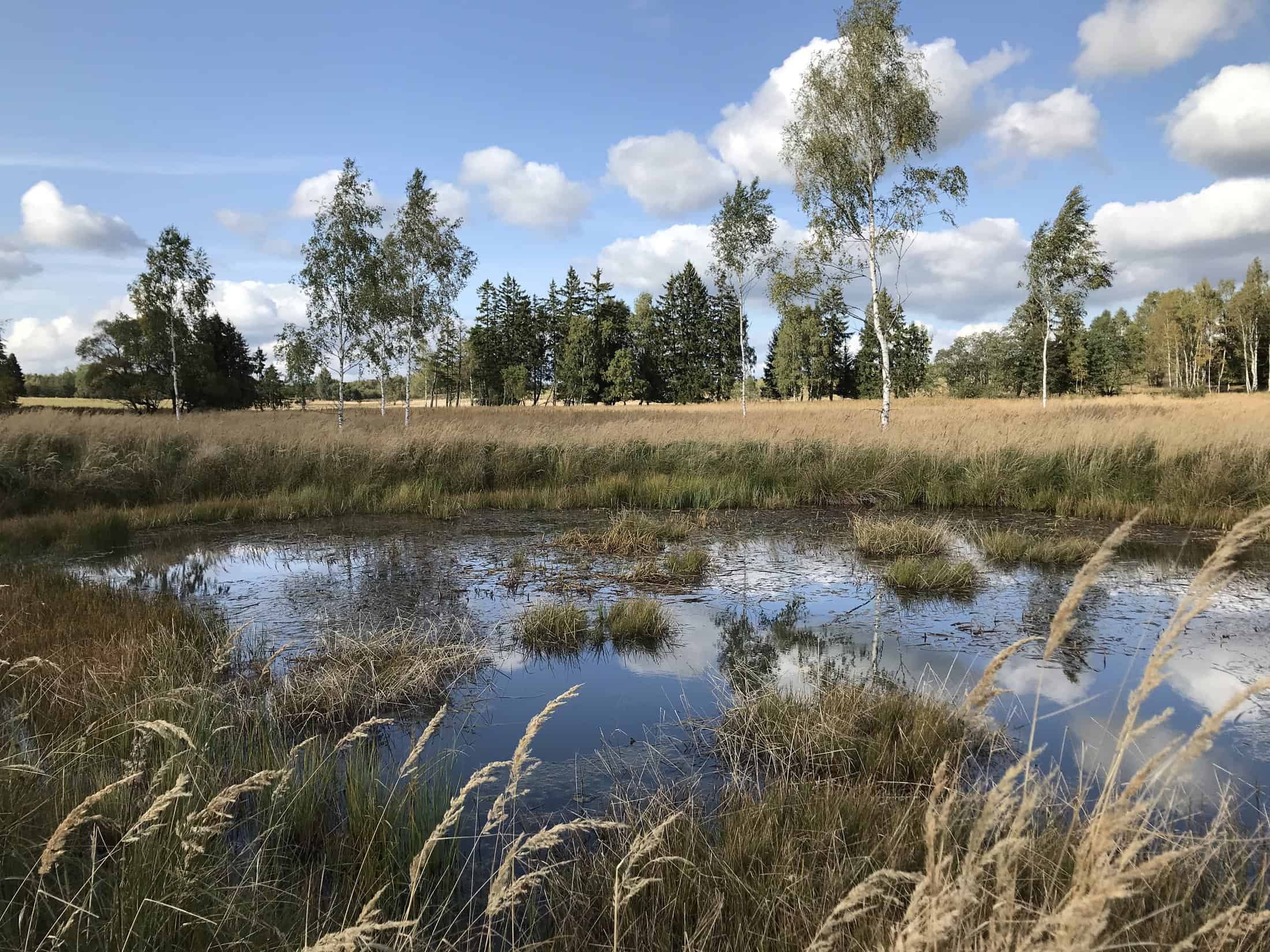The Roots of Agriculture in a Wetland Landscape
As the last Ice Age ended around 13,000 years ago, Central Europe’s landscape included extensive wetlands—floodplains, marshes, peat bogs, and oxbow lakes. These wet environments shaped human life in crucial ways. The Neolithic Revolution (5500–2500 BCE) brought a shift from a mobile lifestyle of hunting and gathering to more settled forms of agriculture, transforming how people interacted with wetlands.
Life of Hunters and Gatherers in Wetlands
Wetlands offered rich resources for Mesolithic hunter-gatherers. Seasonal fish runs, waterfowl, amphibians, and aquatic plants such as water chestnuts or reed tubers complemented game and forest fruits. These zones provided reliable freshwater, sheltering vegetation, and abundant food, making them attractive seasonal campsites.
However, wetland living also came with challenges: unpredictable flooding, disease-carrying insects, and limited dry ground for longer stays. Mobility and deep environmental knowledge were key for survival.

From Wilderness to Managed Wetlands
The shift toward agriculture did not bypass wetland zones. Early farmers recognized the fertility of alluvial soils and the value of nearby water sources. Settlements often appeared at wetland margins—on natural levees, river terraces, or raised areas in floodplains.
As farming spread, people began to shape wetland environments: draining plots, clearing vegetation, and constructing paths or causeways. In some areas, fishing and gathering persisted alongside crop growing and animal herding, creating a mosaic of old and new practices.
Farming in Wetland Landscapes
Early Neolithic communities brought domesticated crops (wheat, barley) and animals (goats, sheep, pigs) into wetland-rich regions. Archaeological finds suggest they selectively settled places with both arable land and wetland resources. In some cases, wetlands were even used for livestock watering or controlled seasonal grazing.
Local domestication of wetland-adapted species—such as wild boar or water-tolerant plants—also occurred, showing that early farmers adapted their practices to local ecosystems.

Conclusion
The Neolithic transformation in Central Europe wasn’t a sharp break but a gradual blending of lifeways. Wetlands played a dual role: as refuges for foragers and resources for early farmers. Over centuries, these landscapes changed—not just through natural processes, but also by early human influence.
By the end of the Bronze Age (c. 800 BCE), many Central European wetlands had become embedded in farming systems, reflecting the long human journey from wild harvesting to settled cultivation—even in the watery margins of the land.
Discover more from European Wilderness Society
Subscribe to get the latest posts sent to your email.
